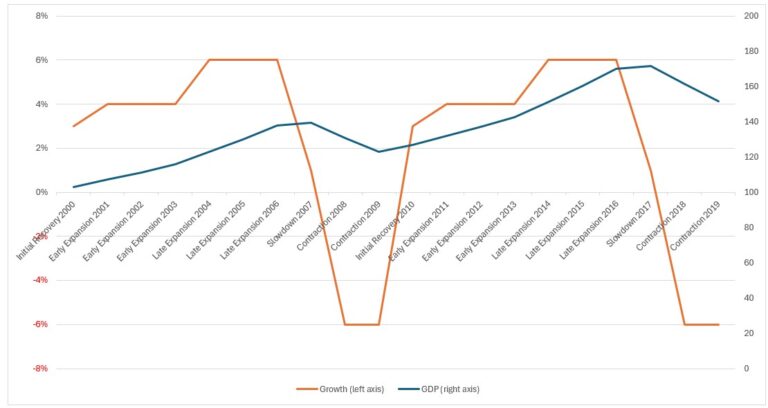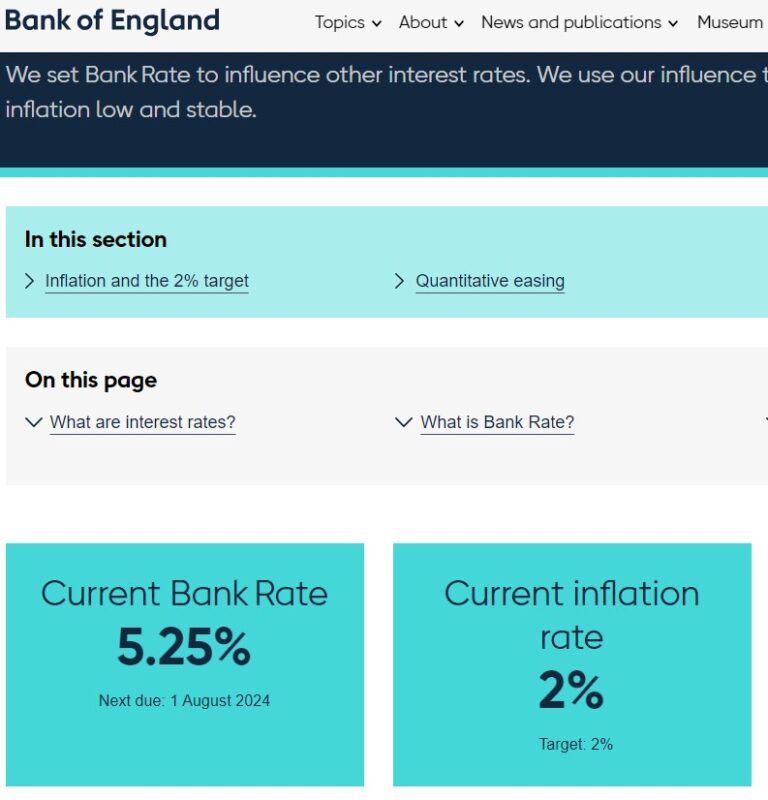Basic Knowledge: Understanding the Similarities Between Options and Interest Rate Swaps. What is an Option? What is a Swap?
Swaptions on interest rates are just options on interest rate.
Swaption = Swap + option
One key difference from regular stock options is that the profit of the strategy depends on the interest rate movements in the market rather than stock price changes.
Remember, in an interest rate swaption, the underlying is always a fixed leg of the swap. A swap is a two-sided agreement where you either:
- pay fixed and receive floating, or
- pay floating and receive fixed payments.
This is somewhat analogous to buying a stock (paying fixed) or selling a stock (receiving fixed).
- Buy/long call on stock – benefit from stock price rising.
- Buy/long payer swaption – benefit from interest rate rising.
- Buy/long put on stock – benefit from stock price declining.
- Buy/long receiver swaption – benefit from interest rate declining.
Can you see the similarities?
It’s even more visible on the chart.

It’s long receiver swaption payoff profile. Does this looks like long put? Exactly!
As said, only difference is on X axis – in options on stock there is stock price. And in swaption it’s swap (interest) rates.
Yield Curve Strategies – Swaption vs duration
- Long receiver swaption and short payer swaption = increase duration of the portfolio.
- Long receiver means you lock in right to receive fixed rate, which isn’t much different from purchasing a bond with fixed payments, thus this increase duration as bonds. If rates go down, your bond/swaption right to receive fixed payments is valued more.
Remember, this also means that you pay floating. However, duration of floating rate payment keg is next to 0.
Duration of long receiver swaption =
receive fixed (high duration) – pay floating (close to 0) ≈ receive fixed leg duration
- Short payer means you sold right to pay fixed interest rate. If rates go down, right to pay fixed (higher than current market rate) is worth nothing. You keep premium. This duration is much smaller than long receiver.
- Long payer swaption and short receiver swaption = decrease duration of the portfolio.
- Long payer means you lock in right to pay fixed rate, which isn’t much different from issuing a bond with fixed payments, thus this decrease duration as bonds. If rates go up, your bond/swaption right to pay fixed payments is valued more.
Remember, this also means that you receive floating. However, duration of floating rate payment keg is next to 0.
Duration of long payer swaption =
pay fixed (high negative duration) – receive floating (close to 0) ≈ pay fixed leg duration
- Short receiver means you sold right to receive fixed interest rate. If rates go up, right to receive fixed (lower than current market rate) is worth nothing. You keep premium. This duration is much smaller than long receiver.
How does this work?
Let’s take payer swaption as an example. If you long payer swaption, it means:
- You bought option – you pay premium.
- You bought right to pay fixed – you pay fixed rate to counterparty.
- You receive MRR/floating rate – counterparty pays you floating MRR rate.

Swaption vs option on bond
A swaption can function similarly to an option on a bond. Let’s review:
- Swaption: Consider a long receiver swaption with a strike rate of 3%, while the current rates are 4%. If rates are 3% or higher, you don’t exercise the swaption. However, if rates fall below 3%, you have the right to receive payments at the 3% rate, which is beneficial for you. You pay a premium for this right.
- Bond Call Option: Now, let’s compare this with a call option on a bond. Suppose the bond is trading at par (100) with current rates at 4%. If rates fall to 3%, the bond’s value increases to 110. If your call option strike price is 110, you profit when rates fall below 3% (and the bond price rises above 110). Again, you pay a premium for this right.
Both positions have:
- positive duration and
- a non-linear payout but
- require an upfront premium payment.
Very similar, isn’t it?
- Long call on bond – positive duration
- Long receiver swaption – positive duration
- Long put on bond – negative duration
- Long payer swaption – negative duration
Interest rate swaptions and options on bond futures are common tools used by active managers to adjust portfolio duration and convexity in response to changes in yield-to-maturity.
- An interest rate swaption grants the right to enter into an interest rate swap at a specific strike rate in the future.
- On the other hand, an option on a bond future provides the right, but not the obligation, to buy or sell a futures contract.
How to use swaptions (among others)?
Want to increase duration? (Advantageous if rates are falling.)
- Buy bond
- Long call on bond
- Long call on bond futures
- Long receiver swaption
- (Short put on bond or bond futures, or short payer swaption – it’s positive duration, but small)
Want to decrease duration? (Advantageous if rates are rising.)
- Sell bond
- Long put on bond
- Long put on bond futures
- Long payer swaption
- (Short call on bond or bond futures, or short receiver swaption – it’s positive duration, but small)
Want to position for any move on the yield curve? (Key rate duration considerations also apply here)
It depends on the yield curve move, of course.
- Steepening? Duration neutral, increase short-term duration and decrease long-term duration. E.g. long receiver swaption on 2y maturity and long payer swaption on 30y maturity.
- Flattening? Opposite to steepening – duration neutral, decrease short-term duration and increase long-term duration.
- Long butterfly spread / negative butterfly twist (curvature trade, increase in hump) – decrease mid-term duration, increase short-term and long-term duration. E.g. Sell futures for mid-term bonds, buy short-term fixed securities, long receiver swaption on 30 maturity.
Swaption is always from fixed leg point of view! Payer or receiver, long or short – it’s always for fixed leg (e.g. long payer gives you right to pay fixed).
Credit Default Swaption (it’s not CDS!)
Also, the curriculum mentions Credit Default Swaption (it’s similar, but you would be wrong to say it’s the same as a CDS – Credit Default Swap). A Credit Default Swaption is an option on a CDS. The difference between them is similar to the difference between a stock and a long call option on that stock.
A CDS is like insurance against a debt issuer’s default. The weaker the financial condition of the issuer, the higher the probability of default, and consequently, the higher the cost of the CDS.
A Credit Default Swaption, on the other hand, is an option to enter into a CDS at a specified strike price. In essence, it is an option on a CDS. If you believe the issuer’s condition will improve, leading to a rating upgrade and credit migration upward, you might want to sell CDS or buy bonds to earn this premium from the market. However, to protect against unexpected events such as a sudden recession, sharp widening of credit spreads, or even eventual issuer default, you can enter into an out-of-the-money call option on the CDS – known as a Credit Default Swaption. In this case, the strike price is defined as the coupon on the CDS.
Hope it’s clear now!



Incredible! all 4 parts, you should get a job at the Fed.